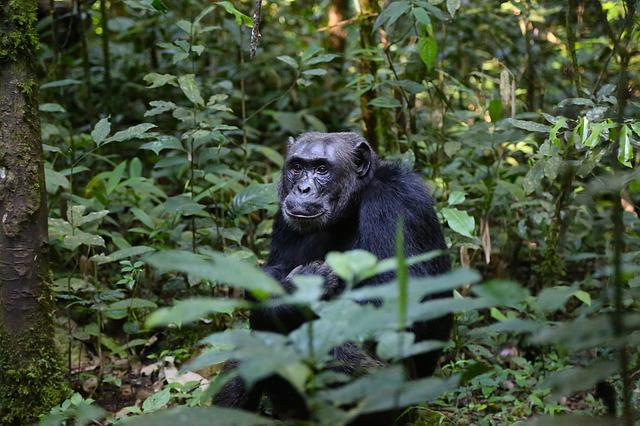
The idea of biodiversity is linked to the biological diversity that exists in a certain place.
To begin to know the meaning of the term biodiversity, we are going to discover its etymological origin first. We can say that this is the result of the sum of two clearly differentiated words:
-The Greek noun "bios", which can be translated as "life."
-The Latin word "diversitas", which is synonymous with "variety."
What is biodiversity
Biodiversity is the plurality of species of living beings that inhabit an environment. In its broadest sense, the concept refers to the variety of species existing on planet Earth .
About two million species make up terrestrial biodiversity, which is the product of millions and millions of years of evolution developed according to the patterns of nature, but also of the influence exerted by human beings through their actions. This means that biodiversity does not depend exclusively on natural conditions, but that man, with his behavior, affects it.

Biodiversity is associated with the plurality of species that live in a certain environment.
Fundamental aspects
When we talk about biodiversity, it should be noted that three fundamental aspects must be taken into account, such as the following:
-The structure, which is defined as the physical organization of each of the levels that give it shape.
-The composition, which is the term used to refer to the variety of elements that make it up.
-The function, which is the set of evolutionary and ecological processes that occur. We are referring to issues such as pollination, nutrient cycling, competition, dispersal, parasitism...
The concept of biodiversity was coined in the mid- 1980s , when the English expression biological diversity became biodiversity . Since then, and given the growing negative influence of human action on the variety of species, the idea of biodiversity becomes increasingly important.
Types of biodiversity
In addition to all of the above, we cannot ignore the existence of several types of biodiversity, such as the following:
– Genetic biodiversity . This refers to the fact that each species that exists on Earth is related to others through different genetic connections.
– Ecological biodiversity , which indicates not only the existence of numerous local species but also the dynamic interaction between them.
– Biodiversity of species . This term refers to the different types of animals that exist in a specific territory.
Main threats
Preserving biodiversity is essential to avoid the extinction of species . Each species that becomes extinct implies an imbalance in the ecosystem and less wealth on the planet. These imbalances can potentially be so large that they can even put life on Earth at risk .
Biodiversity can be affected in multiple ways. Deforestation , a consequence of various industrial activities, causes many animals to lose their habitat and cannot obtain food. Thus, little by little, the number of specimens is reduced and the extinction of the species may occur. Climate change , on the other hand, can also affect the subsistence of animals and plants.
